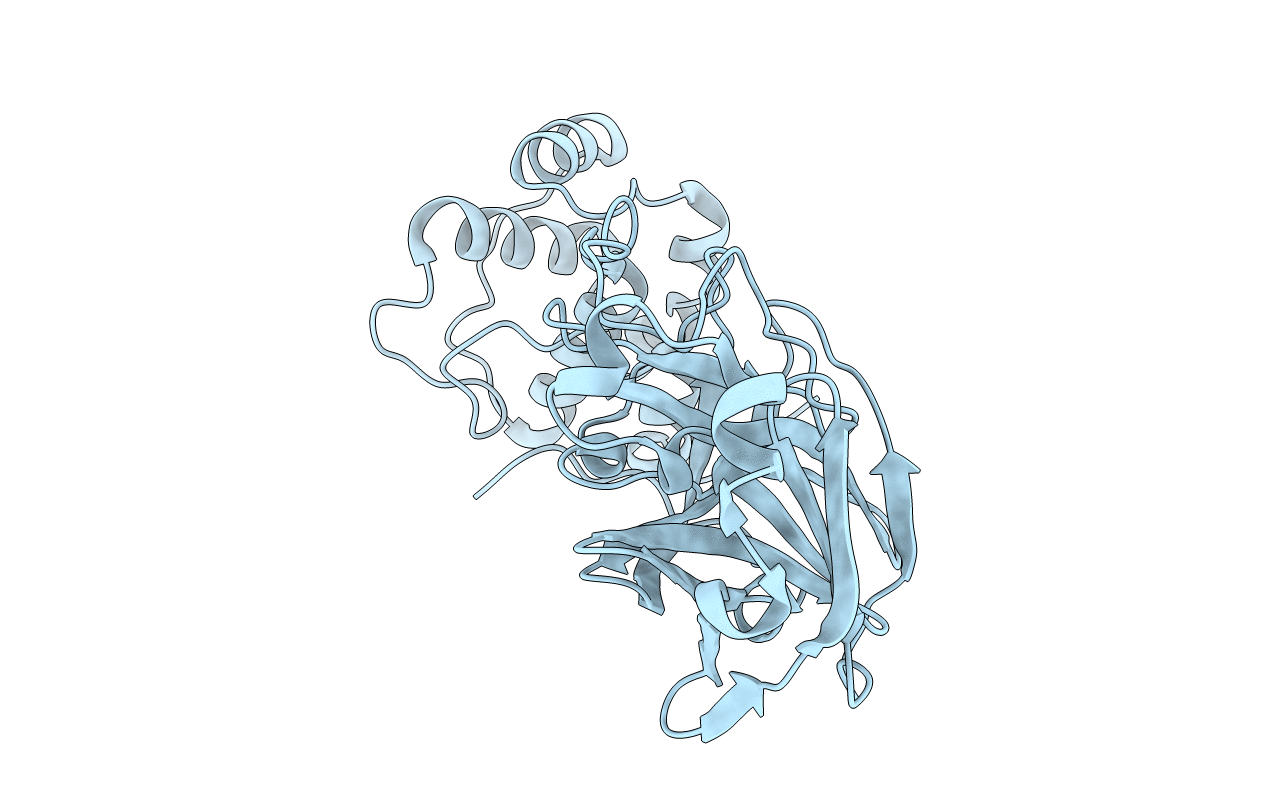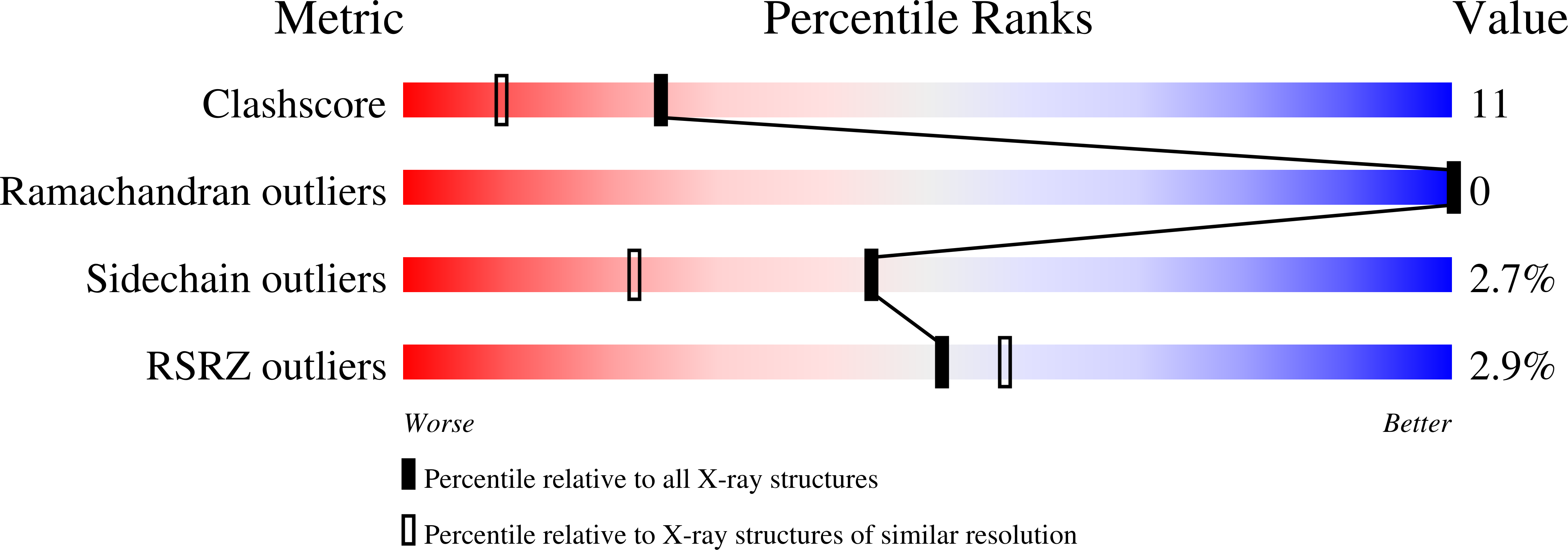
Deposition Date
2007-06-20
Release Date
2008-03-11
Last Version Date
2024-02-21
Entry Detail
PDB ID:
2QCY
Keywords:
Title:
Crystal Structure of a monomeric form of Severe Acute Respiratory Syndrome (SARS) 3C-like protease mutant
Biological Source:
Source Organism:
SARS coronavirus (Taxon ID: 227859)
Host Organism:
Method Details:
Experimental Method:
Resolution:
1.75 Å
R-Value Free:
0.20
R-Value Work:
0.16
Space Group:
P 1 21 1


